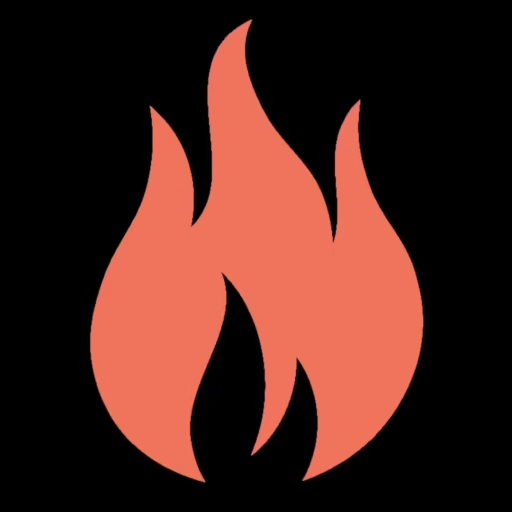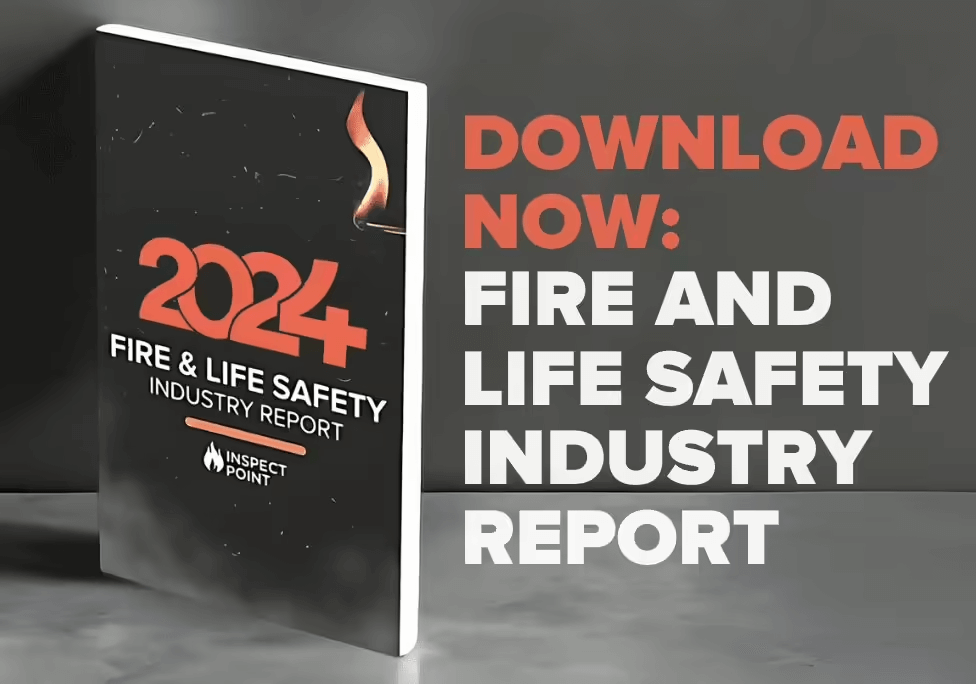
Fire protection as an industry has been resistant to change for a long time. As a result, the industry has often lagged behind advancements across industries—in systems, technology, and processes alike. So, why do other field service trades seem to adopt new ideas much faster than we can in fire protection?
Why Is Fire Protection Resistant to Change?
The less regulation an industry has, the easier it is to modernize. It’s a fact of life—legislation, regulation, and administrative obstacles slow progress. From new technology on the market to streamlined digital processes, security, HVAC, plumbing, and other field service trades are typically far more advanced than fire protection.
How the fire and life safety industry is structured can make progress—especially timely progress—much more difficult to achieve.
A Codified Industry
Fire protection is a codified industry: Not only do we have to operate within building codes like other skilled trades, but we also have the added requirements of fire codes. Fire and life safety codes and standards impact everything we do—and there are a lot of them. NFPA alone has more than 300 codes and standards internationally. Add in regional differences, specific jurisdictional requirements, and a wide variety of stakeholders, and things get complicated very quickly.
With so many players and moving parts, code adoption is, more often than not, delayed. After a new standard is published, it regularly takes between seven and eight years for authorities having jurisdiction (AHJs) to adopt it. That means that, even though we might be following the codes set by our local jurisdictions, we’re far behind best practices, adhering to standards that are almost a decade old.
Let’s take New York City as an example. In 2022, the city adopted the 2014 edition of NFPA 25. Since the 2014 edition was published, three subsequent versions of the standard, all with impactful updates, have been released. At this rate, the current version—released in 2023—won’t be the standard in New York City, and many AHJs who operate with similar time lags, until 2030.
Approval Authorities
Late adoption of new codes and standards isn’t the only challenge that often makes progress difficult. Roadblocks are prevalent on the system side of things, too.
Approval authorities like UL need to approve new fire and life safety products and systems for use. This approval ensures fire protection products and systems function as intended before they go to market. While the approval process is essential, it can be very costly and take multiple years to complete. Manufacturers must constantly weigh whether the product in question will have a significant enough return to justify the cost and time commitment of approval.
If we want to embrace change as an industry and encourage modernization at every level, we must address these core issues that keep us from moving forward.
There’s also the interaction of code committees with approval authorities—and debate over who needs to do their part first. What happens when an approval authority won’t approve a new product until it’s included in the relevant standard, but the code committee won’t include it in the code until the product is approved? In other words, what came first: the chicken or the egg? This kind of conflict slows down the introduction of new products in fire protection and, often, can keep us from critical modernization.
Shifting Our Mindset Toward Change
If we want to embrace change as an industry and encourage modernization at every level, we must address these core issues that keep us from moving forward.
Speed to Adoption
A significant change needs to happen at the AHJ level to allow fire protection to adopt current standards, systems, and best practices more quickly. We need jurisdictions, states, and other authorities to approve new standards faster. Why does it take so long to adopt a new standard? Why is it that when a new edition of a code is released, many AHJs don’t even begin to look at it for three to five years?
Before the updated standard is released to the public, AHJs should evaluate it and prepare to work it into their local codes. Why are we waiting? As an industry, we need to work to educate our AHJs and reinforce the importance of operating on the most recent set of standards and best practices.
We know faster adoption of new codes and standards is possible: It happens much more quickly in the private sector. Most insurers move to the new standard once it’s released, meaning many fire protection providers and contractors switch to the newest standard before even their AHJ. All this does is create administrative challenges for contractors. Now, they’re operating with two standards simultaneously: one (which is out of date) to report to the AHJ, and one for their insurer and personal records.
But for the most part, fire and life safety businesses adhere to the requirements of their AHJ. That means jurisdictions across the country are “up to code”—the code established eight years ago, at least.
Building Up the Next Generation
A problem that has become increasingly apparent, especially with the skilled trades gap and labor shortage, is the lack of up-and-coming industry leaders. Members of younger, upcoming generations are noticeably absent in many industry boards, code committees, and key leadership positions.
Our code and standard committees are filled with people who are true experts and have contributed so much to fire protection. Their input is invaluable to our industry, but we’re missing the fresh perspective of the next generations. We need the base of knowledge experienced leaders bring, but what happens when they retire? It’s essential to bring in and build up new leaders, transferring critical information from one generation to the next while supporting new ideas and progress for our industry.
Catching Up
Fire protection is an extremely codified industry that often makes embracing and enacting change challenging. But that doesn’t mean we shouldn’t try. As codes and standards change, best practices shift, and technology advances, we have the opportunity to better protect our communities. Change is difficult, but, in our case, it can be instrumental in saving lives and property.

